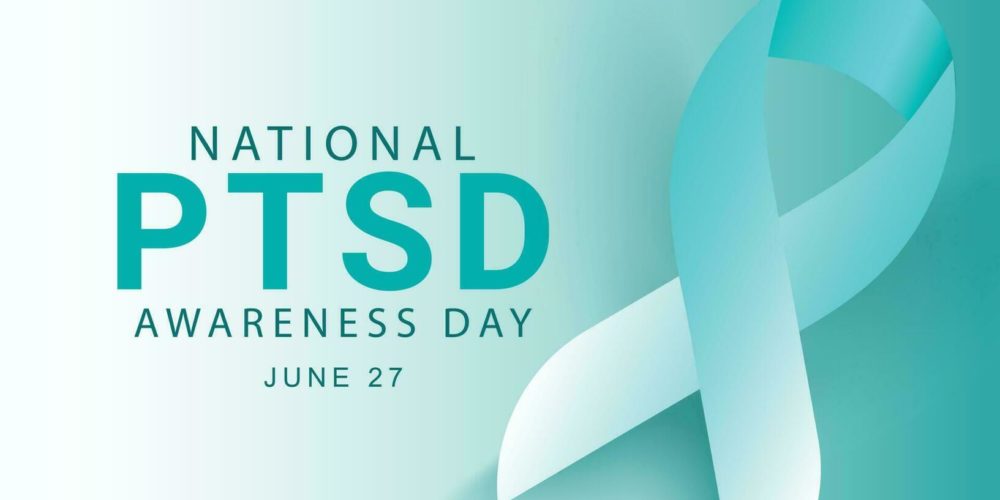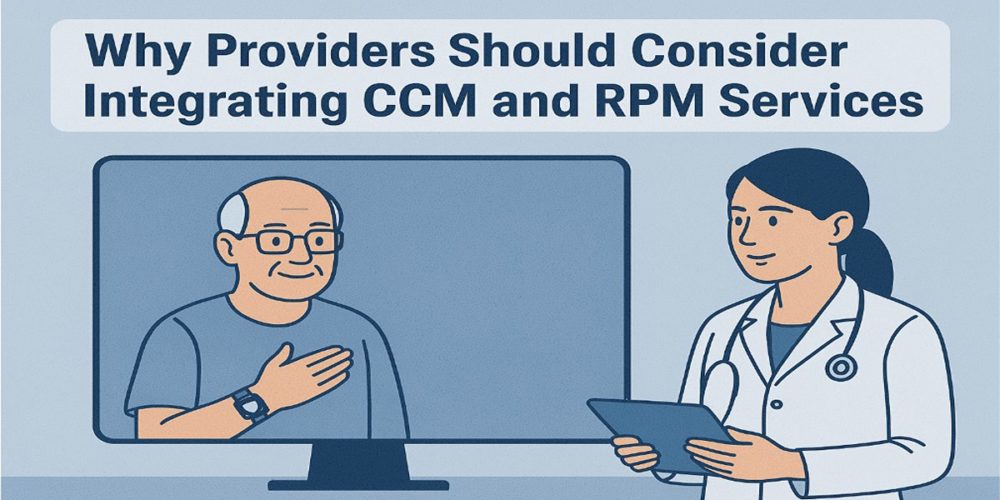National PTSD Awareness Day serves as a powerful reminder of the millions of Americans living with post-traumatic stress disorder (PTSD). PTSD can develop after experiencing or witnessing a traumatic event, and its effects can be long-lasting and debilitating. But did you know there’s a surprising connection between PTSD and hypertension (high blood pressure)? In this blog post, we’ll explore this link and how ProactiveWellness Care Remote Patient Monitoring (RPM) can offer a solution for managing Hypertension.
The Connection Between PTSD and Hypertension

Studies published in reputable American medical journals like the Journal of the American Heart Association (https://www.ahajournals.org/journal/jaha) have shown a significant correlation between PTSD and hypertension. Here’s why:
- Chronic Stress: PTSD can trigger the body’s “fight-or-flight” response, leading to the release of stress hormones like cortisol. Chronically elevated cortisol levels can put a strain on the cardiovascular system, increasing blood pressure.
- Unhealthy Habits: People with PTSD may be more likely to engage in unhealthy coping mechanisms like smoking, excessive alcohol consumption, or poor diet, all of which contribute to hypertension.
- Sleep Disturbances: PTSD can disrupt sleep patterns, and sleep deprivation has been linked to an increased risk of hypertension.
How Proactive Wellness Care RPM Can Help

ProactiveWellness Care RPM offers a dynamic approach to managing chronic conditions like PTSD and hypertension. Here’s how it works:
- Remote / Real-Time Monitoring: RPM allows patients to monitor their vital signs, including blood pressure, at home using connected devices. This empowers patients to take an active role in their health and provides valuable data for healthcare providers.
- Personalized Care Plans: Based on the data collected through RPM, healthcare providers can develop personalized care plans that address both PTSD and hypertension. This may include medication adjustments, stress management techniques, and lifestyle modifications.
Hypertension can also lead to strokes. To understand and recognize the signs of stroke and how they linked to hypertension, click here
Sources:



